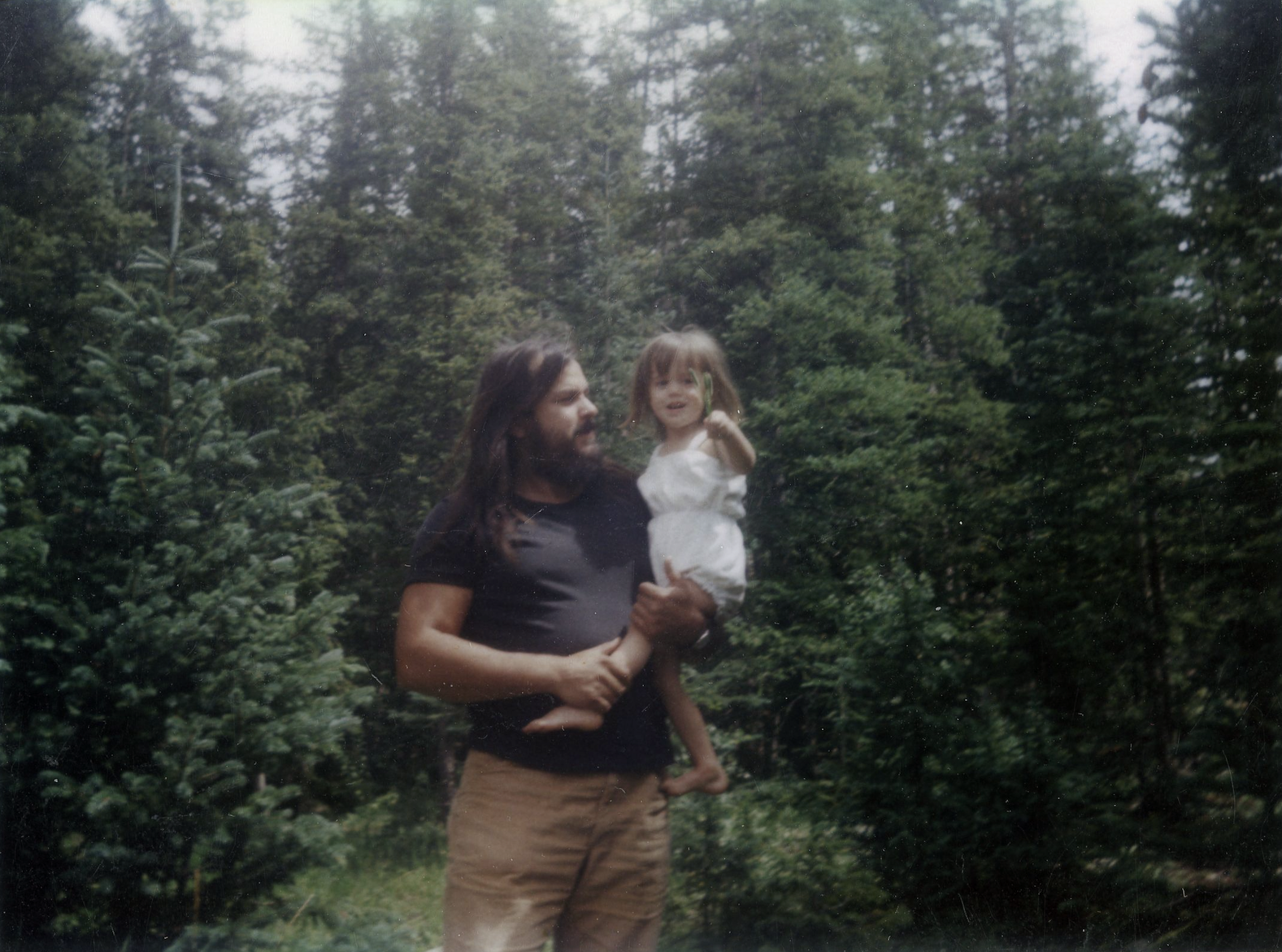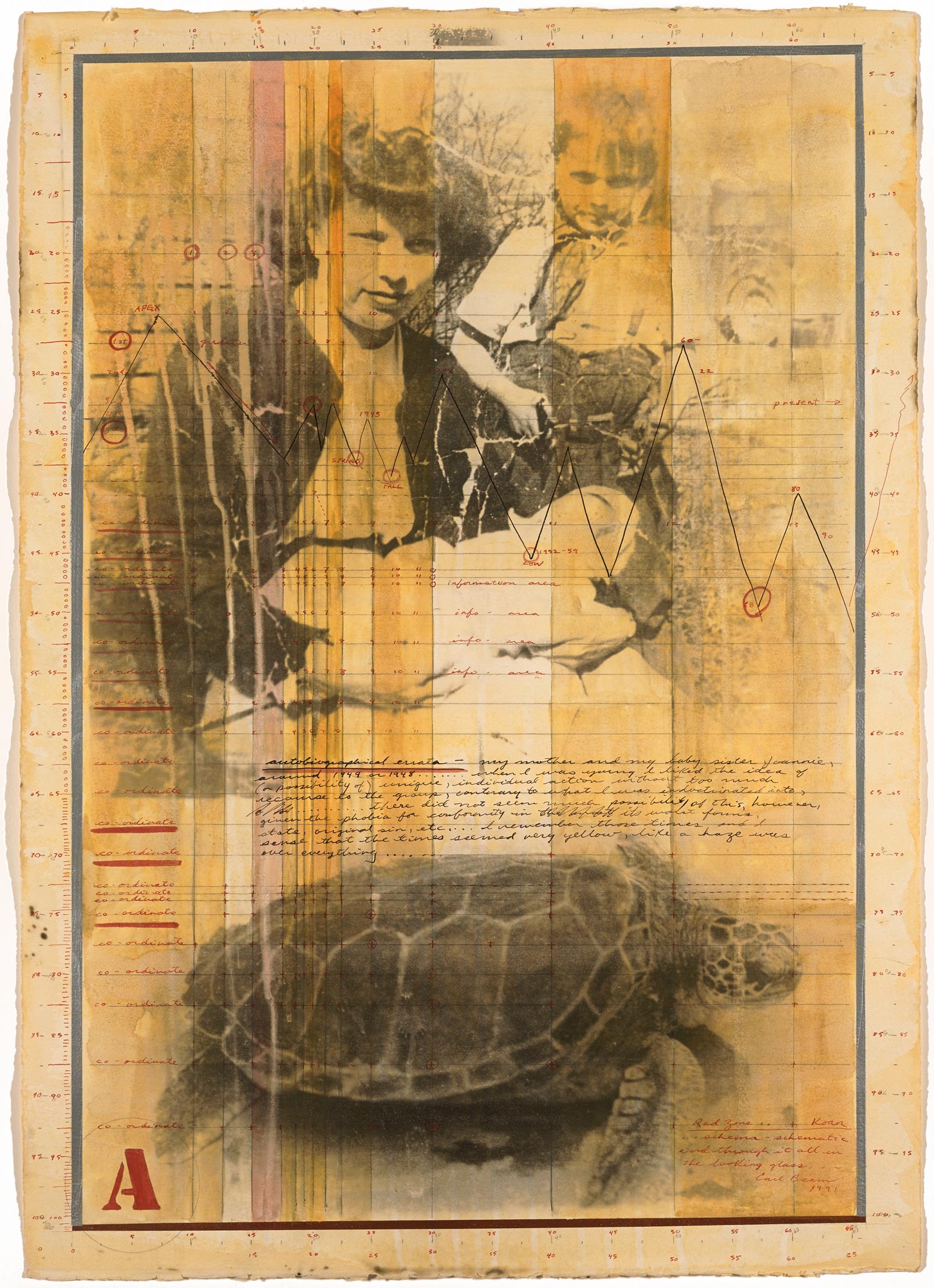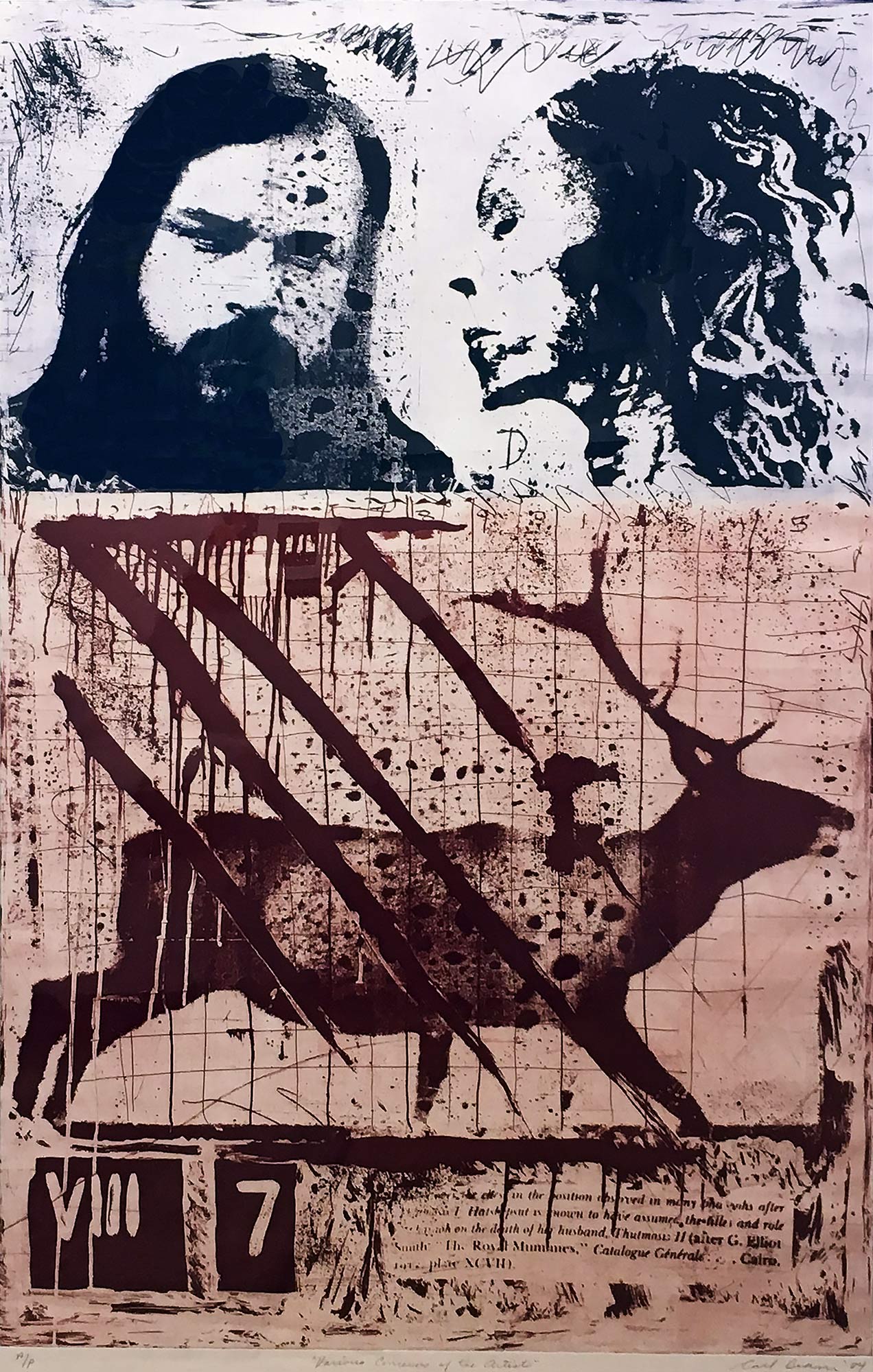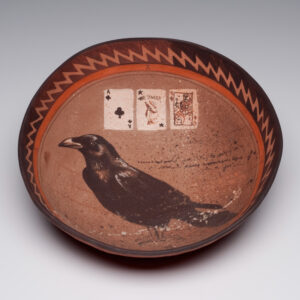ACKNOWLEDGEMENT OF THE LAND
This remembrance of my father and his art was written at my home in M’Chigeeng First Nation, a part of the Three Fires Confederacy, and the Anishinaabek Nation; in the adobe house that he built in his grandfather’s potato field; on land chosen and handed down through our family since the 1836 Manitoulin Treaty and within the Robinson-Huron Treaty with the Crown of 1850, blessed with sweet sugar maples and rich soil, and nestled in a valley between three lakes on Mnidoo Mnising, Manitoulin Island.
I use a collage working method as a way of interpreting the world—which is not a stationary viewpoint but is moving all over the place.
—Carl Beam

Carl Beam was my father. In the voices and tenses that I use throughout this book, I have sought to reflect the fact that I had a close, loving, and secure relationship with him. Although this is a story about him and his art, I find myself in a curious place in the telling of it: in some parts I am a character in the narrative, and in others I am a distanced, objective voice recounting my father’s life and work.
When I speak about his art, a third-person voice allows for critical distance between the artist “Carl” and me—an art historian, arts administrator, painter, printmaker, and paintmaker. At times, though, I find that a first-person voice more accurately reflects the nature of the conversations in which “my father” shared his thoughts and artistic concerns with me. I don’t think he would mind this fluctuation. In fact, I expect he would have wanted all who approach his art to bring with them their personal perceptions. In this way, they can be deeply engaged participants in making and discovering meanings, and critical observers deciphering and decoding the images through contextual, art historical, colonial, and social filters, among many others.
In writing this book, I wanted to respect my father’s working method of collaging—a creative strategy that aligned with his interest in semiotics, or the study of signs and symbols. I use my own voice, as well as the voices of curators, scholars, and, of course, my father. By including his words—his diary entries, his musings, his reflections on his own work—I have integrated his essence into this story about him. These perspectives are all juxtaposed to give a multi-dimensional, dynamic portrait of my father’s life and art.


He often told me that he made his art for thinking people. He challenged his viewers to grapple with the ideas he treated in his work, to wrestle with his complicated visual language, and to question what they saw and thought until many possible meanings emerged from the confrontation, as if shape-shifting before eye and mind. I hope this book will help people begin to understand how to think through my father’s work.
Anong Migwans Beam
October 2023

 About the Author
About the Author
 More Online Art Books
More Online Art Books
 Acknowledgements
Acknowledgements